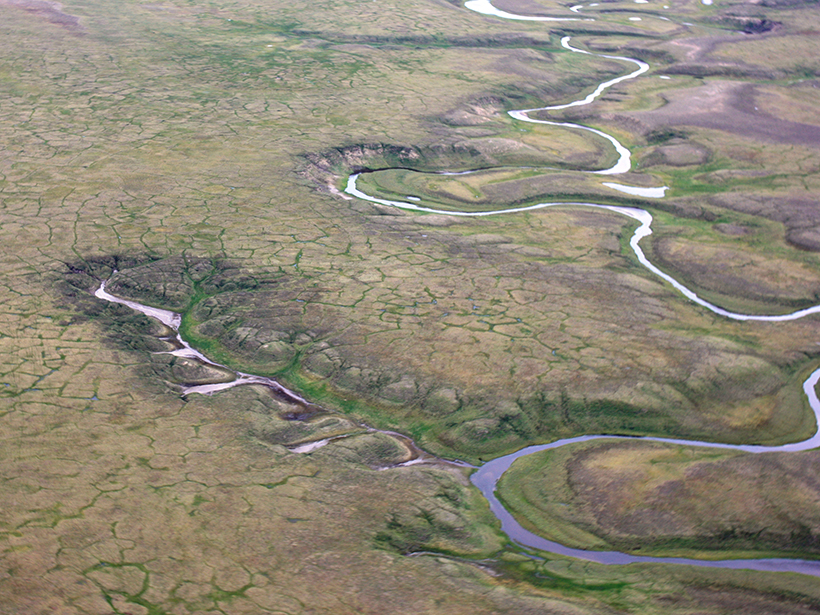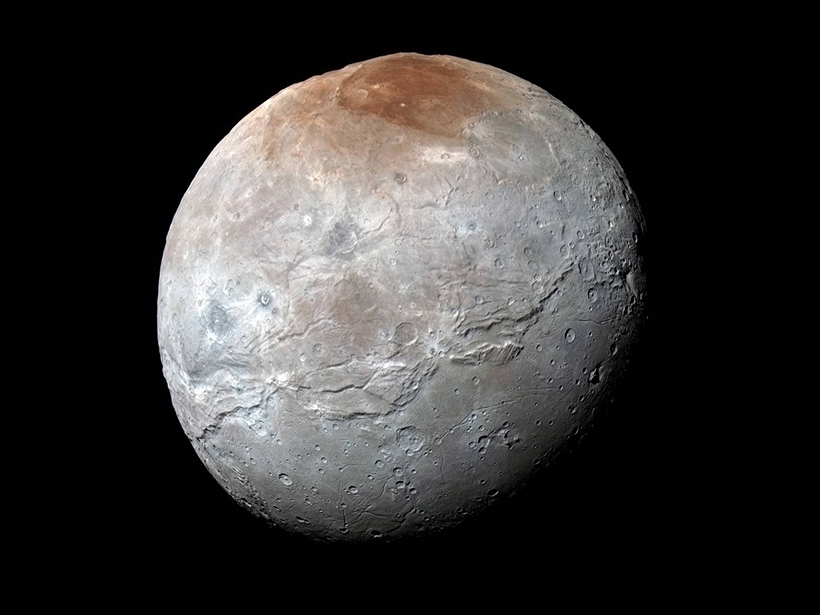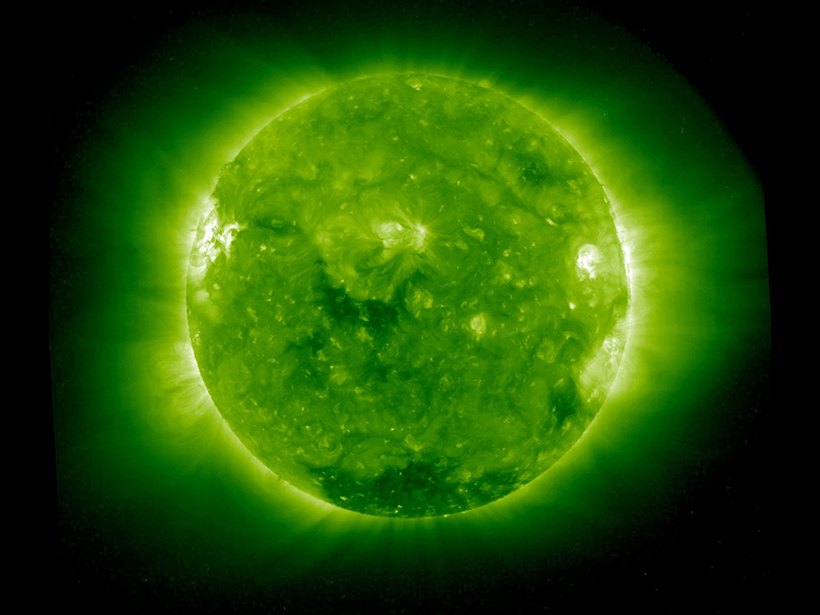After its thrusters shut off prematurely, the European Space Agency's newest lander probably crash-landed from 2–4 kilometers above the surface.
JoAnna Wendel
JoAnna Wendel is a freelance science writer and cartoonist. She covers topics ranging from the geology of faraway moons to the behavior of animals in our oceans. She served as a staff writer for Eos from 2014 to 2018, then worked in communications in NASA’s Planetary Sciences Division. JoAnna is now freelancing full time as a writer and artist.
European-Russian Mission Reaches Mars: Lander’s Fate Yet Unknown
Although the mission’s lander might not have survived, the new Trace Gas Orbiter spacecraft will explore clues that may indicate extraterrestrial life.
Pluto Observers Find Possible Clouds, Remarkably Bright Surface
Smudges on images could be clouds that form at dawn and dusk, scientists report, and measurements of high reflectivity of Pluto’s “heart” add new evidence of a geologically young surface.
Map Reveals Hot Spots for Arctic Greenhouse Gas Emissions
By bringing together data on permafrost stability, soils, and other Arctic conditions, scientists have plotted where permafrost is vulnerable to collapse, which could release long-stored carbon.
Rock-Chomping Bees Burrow into Sandstone
A previously unknown species of rock-excavating bees, discovered 40 years ago but not reported in the scientific literature, finally gets the spotlight.
Scientists Solve Charon's Red Mystery
Why are Charon's poles dusted with reddish material?
Scientists Get First Glimpse of Solar Wind as It Forms
Using computer-processed images from Sun-watching satellites, scientists observed solar wind emerging from the Sun's corona.
Delayed Launch Approved for Next Mars Mission
NASA has set a new 2018 launch date for a spacecraft to probe the Red Planet's interior, after instrument failure hobbled preparations for the mission.
New Findings Suggest Dwarf Planet Ceres Is Geologically Active
Cryovolcanoes, landslides, and water ice all point to current activity, researchers found.
Subterranean Caverns Hold Clues to Past Droughts
Cave formations offer highly resolved paleoclimate data that scientists plan to use to reconstruct California's ancient patterns of drought.










